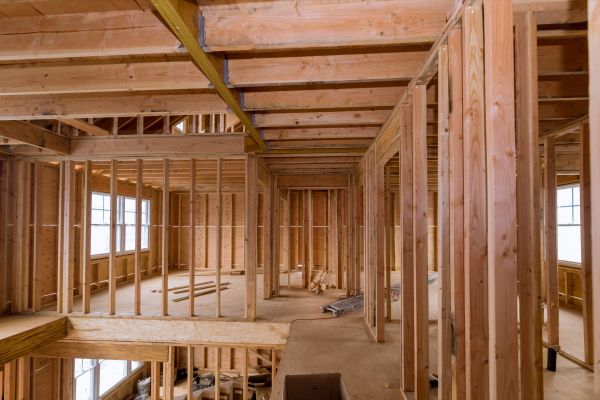Structure Framing Service
Affordable Structure Framing
Structure framing forms the backbone of any building project, providing the essential support system that ensures stability and integrity. It involves the careful planning and assembly of structural elements such as beams, columns, and trusses to create a framework that supports the entire structure. The importance of structure framing cannot be overstated, as it directly impacts the safety, durability, and functionality of a building. A well-executed framing process can prevent structural failures, enhance the building's longevity, and improve its overall performance.
Benefits of Structure Framing
-
Enhanced Stability and Safety
Structure framing provides the necessary support to withstand various loads and stresses, ensuring that a building remains stable and safe for occupants. By distributing weight evenly and efficiently, it minimizes the risk of structural failure, making it a critical component in the construction process.
-
Improved Durability
A properly framed structure is more likely to withstand the test of time. The use of high-quality materials and precise engineering in structure framing contributes to the building's resilience against environmental factors such as wind, earthquakes, and temperature changes, thereby extending its lifespan.
-
Design Flexibility
Structure framing allows architects and builders to explore a wide range of design possibilities. With various materials and techniques available, it is possible to create unique architectural features and accommodate complex designs while maintaining structural integrity.
-
Cost Efficiency
Investing in effective structure framing can lead to long-term cost savings. By ensuring that the framework is correctly designed and constructed, potential issues that could lead to costly repairs or renovations in the future are minimized, making it a financially sound choice for any construction project.
FAQs About Structure Framing
What materials are commonly used in structure framing?
Common materials used in structure framing include wood, steel, and concrete. Each material has its own advantages, and the choice depends on factors such as the building's design, location, and intended use.
How does structure framing affect energy efficiency?
Proper structure framing can enhance a building's energy efficiency by providing better insulation and reducing thermal bridging. This can lead to lower energy costs and a more comfortable indoor environment.
Can structure framing be used in both residential and commercial buildings?
Yes, structure framing is versatile and can be applied to both residential and commercial buildings. The principles of framing remain consistent, though the scale and specific requirements may vary depending on the type of building.
What role does structure framing play in sustainability?
Structure framing can contribute to sustainability by utilizing eco-friendly materials and construction practices. This can reduce the environmental impact of a building while promoting energy efficiency and resource conservation.
Fill out the contact form today to request Structure Framing and experience the benefits of enhanced stability, improved durability, and cost efficiency with professional Structure Framing.




